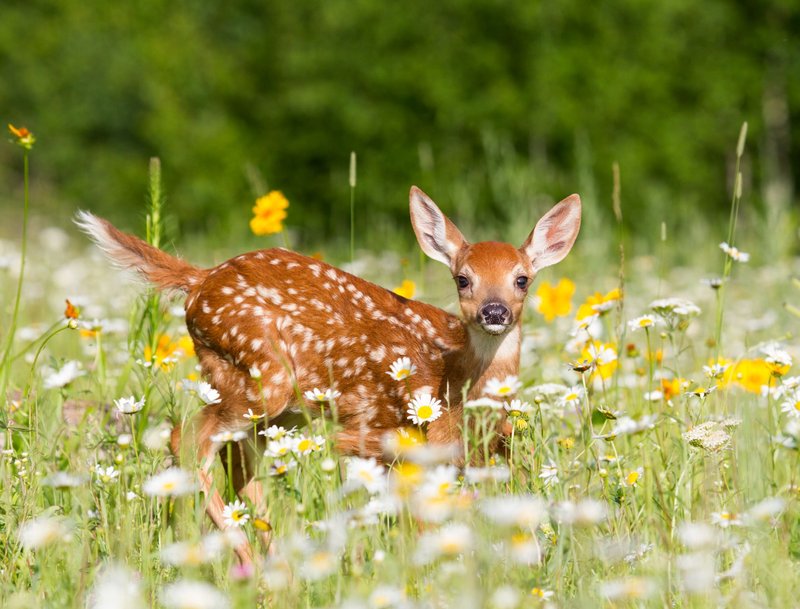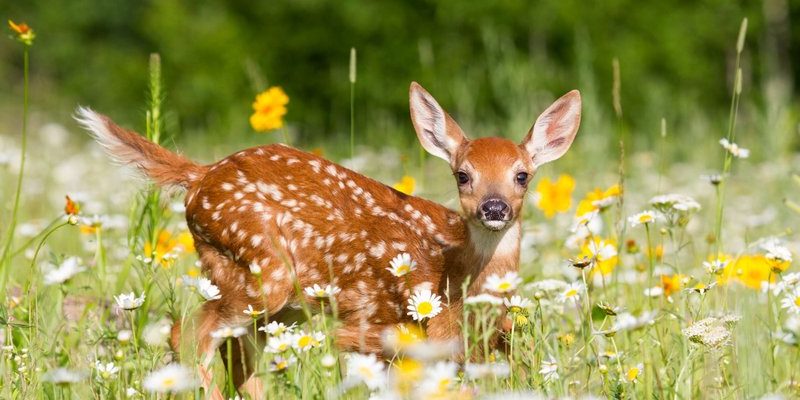
Imagine walking through a forest filled with the sounds of rustling leaves and distant bird calls, only to spot a deer gracefully moving through the underbrush. It’s easy to assume these animals are everywhere. However, various factors, including habitat loss and hunting, can impact their populations. Let’s dive into the deer’s status on a global scale and explore what conservation efforts are underway to ensure their future.
The Status of White-Tailed Deer
You might be wondering, are white-tailed deer endangered? Good news! In the United States, white-tailed deer are not classified as endangered. In fact, they’re quite the opposite in most areas. With an estimated population exceeding 30 million, these deer are one of the most successful species in North America. However, it’s important to note that this abundance doesn’t mean they face no challenges.
While populations may be stable overall, certain regions report declines due to factors such as urban development and over-hunting. Local regulations and conservation measures can significantly impact these deer and their habitats. In some states, protected areas allow their populations to flourish, while in others, hunting quotas or habitat loss can lead to significant decreases.
Threats to Their Habitat
Let’s take a closer look at what threatens white-tailed deer. You see, just like any living creature, they need a suitable environment to thrive. Habitat loss is one of the biggest challenges they face. As cities expand and agriculture claims more land, deer lose their natural homes. This forces them to adapt to fragmented landscapes, which can lead to higher mortality rates from car collisions and predation.
Another threat is the introduction of invasive species that disrupt the balance of their ecosystem. These invasive plants can outgrow native vegetation that deer rely on for food. When their food sources diminish, the entire population can struggle to survive. It’s a delicate dance, and when one element is disrupted, the impact ripples through the system.
Conservation Efforts in Action
So, what’s being done to protect our beloved white-tailed deer? Conservation organizations and government agencies are stepping up to create and enforce regulations focused on their survival. For instance, many states have established protected areas, where hunting is restricted and habitats are rehabilitated. These efforts allow deer to thrive in a safe environment.
Moreover, community involvement plays a huge role. Local organizations often run awareness campaigns to educate the public about responsible hunting practices and the importance of preserving natural habitats. When people understand the challenges these deer face, they’re more likely to support conservation initiatives.
The Role of Hunting Regulations
Hunting regulations are a double-edged sword in the conversation about white-tailed deer. On one hand, regulated hunting can help manage populations, preventing overpopulation that leads to starvation and disease. On the other hand, if not carefully monitored, hunting can contribute to population declines in vulnerable areas.
Many states implement seasonal hunting quotas and licensing to control how many deer can be hunted each year. This balance is crucial—not just for the deer population, but for the ecosystems they inhabit. A well-managed deer population can actually benefit plants and other animal species by maintaining a healthy balance in the environment.
Public Awareness and Education
Here’s the thing: the more you know about white-tailed deer, the more likely you are to care about their future. Public awareness campaigns play a vital role in conservation. These initiatives often focus on the ecological importance of white-tailed deer, helping people understand their role in the ecosystem.
Just think about it. Educating hunters about sustainable practices can lead to better outcomes for deer populations. Similarly, teaching communities how to coexist with wildlife fosters appreciation and respect for nature. Workshops, community events, and social media are effective tools for spreading awareness and encouraging conservation efforts.
Coexistence with Humans
You might wonder how white-tailed deer adapt to urban environments. Surprisingly well! They often thrive in suburban areas where food sources like gardens and landscaping plants are abundant. While this can lead to some conflicts—like deer eating your prized flowers—it’s also a testament to their adaptability.
Creating a coexistence plan is essential. This might include strategies for protecting gardens or controlling deer populations through safe and humane methods. It’s all about finding a balance that allows humans and deer to live side by side without undue stress on either party.
The Future of White-Tailed Deer Conservation
As we look to the future, the conservation of white-tailed deer remains a shared responsibility. It’ll take a mix of government action, community involvement, and public awareness to ensure these remarkable creatures continue to grace our landscapes. Policy changes that support conservation efforts are vital, but so is the everyday effort of individuals who care about wildlife.
Together, we can create a future where humans and deer coexist harmoniously, preserving the beauty of nature that enriches our lives. You might just find that by caring for our deer, we’re caring for a piece of ourselves.
In conclusion, while white-tailed deer are not endangered, their populations face numerous challenges. Through collaborative conservation efforts, awareness campaigns, and responsible management practices, we can ensure these beautiful animals continue to thrive for generations to come. So, the next time you see a white-tailed deer in the wild, take a moment to appreciate its journey and the efforts made to protect it. It’s a beautiful reminder of nature’s resilience and our role in it.

